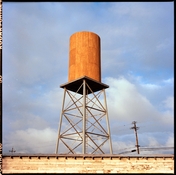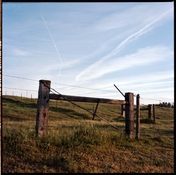I shoot 99% black and white. I tried some Portra 160 and 400, but it didn’t turned well and I got discouraged. I love to see nice color images, with pastel colors, but mine always ended up being too contrasty and muddy. I love contrasty black and white photos, and I love to push my film 1,2 or even 3 stops, but I guess shooting color is different, and should rater pull it to get nice colors. I develop my b&w film myself, c]and color was sent to the local lab. Few shots turned okish, but majoristy is just too dark and muddy. I don‘t know if it’s my exposure, or the film development, or even the conversion in Negative Lab Pro. My local lab scans quite low resolution and does only JPEGs so I didn‘t bother. I need high res for printing, and not for posting on Instagram.
I watched YouTube videos about shooting color, and in theory, I think I know how to do it, but I’m just not satisfied with my color shots. i can tweak them quite well in Lr and Photoshop but I don’t want waste so much time for every single shot, and I’d rather like to have them correct straight out of the camera, with minimum need for post processing.
I love b&w, and I’ll always shoot mainly b&w, but I want to learn color, so I can do it when I need it, rather than picking up my digital camera whenever I need color.
I watched YouTube videos about shooting color, and in theory, I think I know how to do it, but I’m just not satisfied with my color shots. i can tweak them quite well in Lr and Photoshop but I don’t want waste so much time for every single shot, and I’d rather like to have them correct straight out of the camera, with minimum need for post processing.
I love b&w, and I’ll always shoot mainly b&w, but I want to learn color, so I can do it when I need it, rather than picking up my digital camera whenever I need color.





 He mostly used Orwo film.
He mostly used Orwo film.



